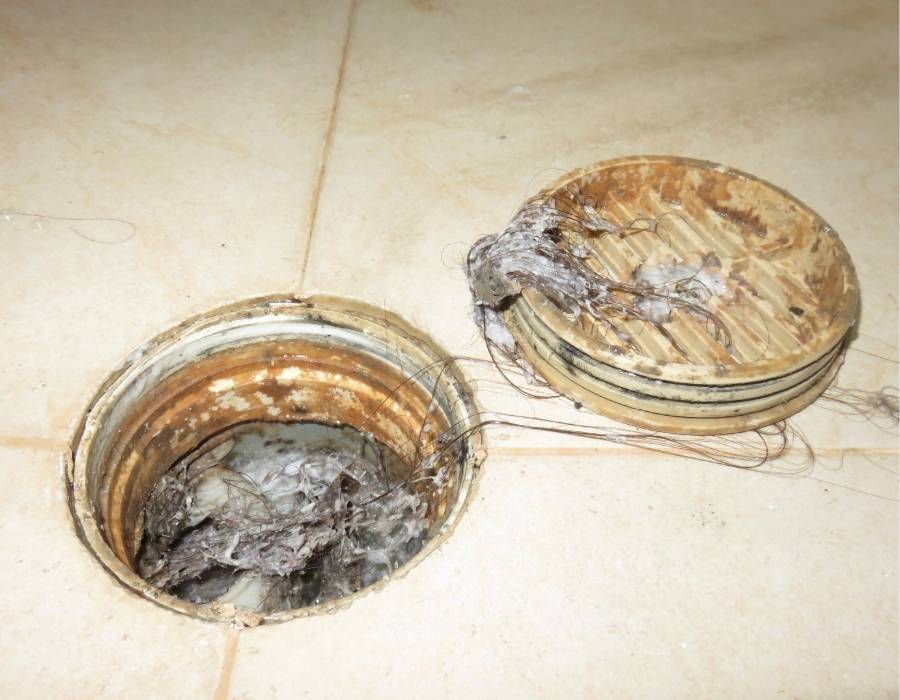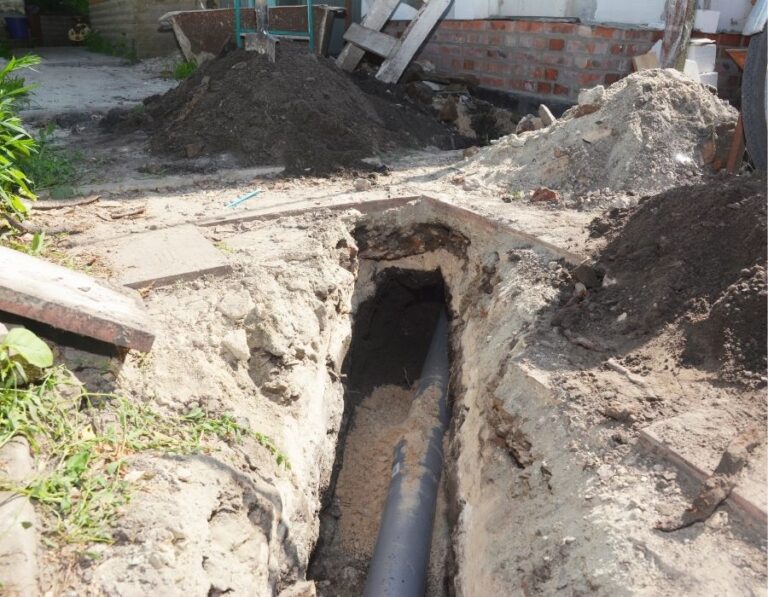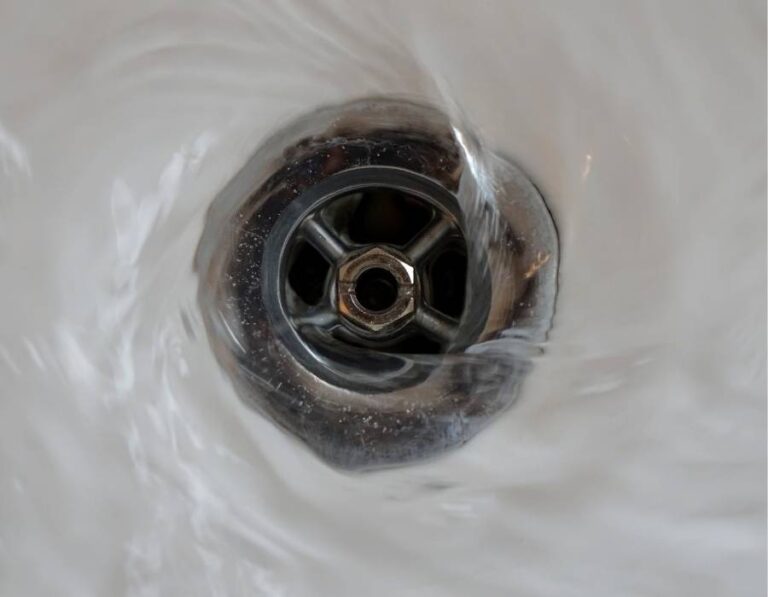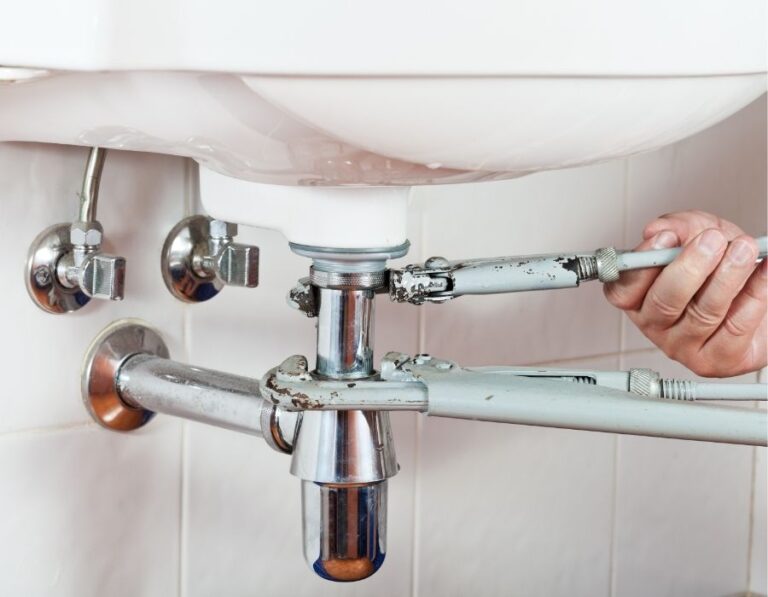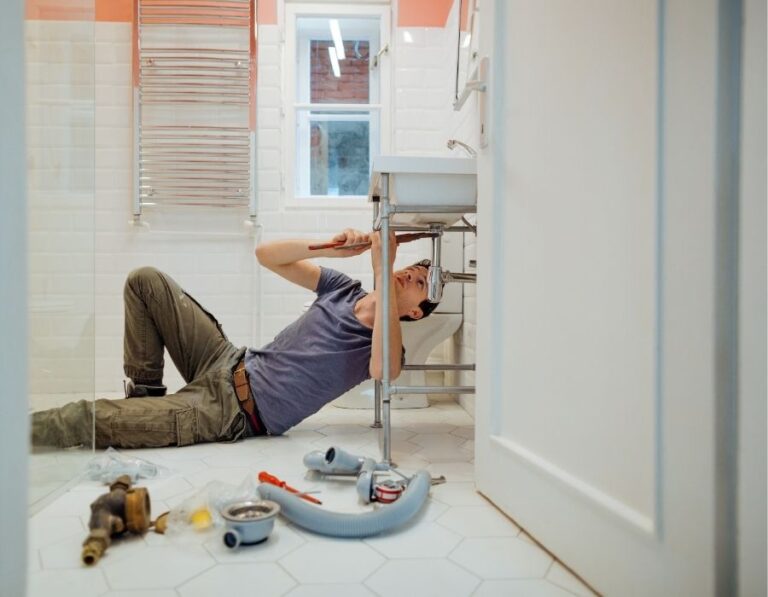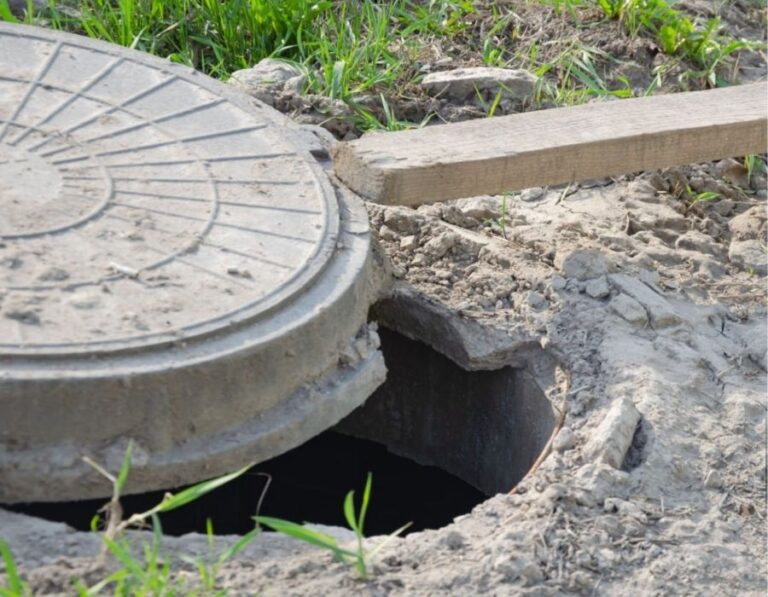Stop the Fizz: 5 Urgent Reasons to Quit Baking Soda + Vinegar for Drain Clogs (And What Actually Works)
You’ve seen it a hundred times maybe you’ve even done it yourself. Pour a heap of baking soda down the drain, splash some vinegar on top, and boom: fizzy, foamy satisfaction. It feels like science, it looks like it’s working, and it’s a staple in nearly every DIY home cleaning reel. But here’s the cold, hard truth: that kitchen-sink chemistry experiment isn’t just ineffective for serious clogs, it might be actively making things worse.
If you’ve been relying on this bubbly duo to battle slow drains or stubborn backups, it’s time to stop. In this post, we’re breaking down why baking soda and vinegar don’t belong in your plumbing strategy. You deserve more than internet folklore and wishful foaming. Let’s dive into what works and what to ditch immediately so your drains stay clean, clear, and drama-free.
The “Fizzy Fix” Falls Flat: Why Baking Soda and Vinegar Just Don’t Cut It
At first glance, the bubbling mix of baking soda and vinegar feels like it’s working. DIYers often tout small wins like loosening light grease, softening soap scum, or nudging along minor hair buildup. But when it comes to real clogs, the kind that slow drains to a crawl or create full-on blockages, this fizzy combo rarely delivers. If your pipes are already backed up, a harmless fizz isn’t going to change much.
The science behind the reaction is simple: when baking soda (a base) meets vinegar (an acid), they neutralize each other, creating carbon dioxide bubbles in the process. While this looks dramatic, the actual force it generates is minimal. In an open plumbing system unlike a sealed container, the pressure dissipates immediately, meaning there’s no powerful push to dislodge anything solid.
Even worse, the reaction is self-limiting. As soon as the fizz fades, you’re left with mostly salted water and a false sense of progress. There’s no sustained chemical action or scrubbing power happening inside your pipes. In short, the baking soda and vinegar trick may look satisfying, but it’s more show than substance—offering very little real cleaning or clearing power where it counts.
Structural Risk: The Hidden Damage to Your Pipes
While baking soda and vinegar may seem harmless especially compared to harsh chemical drain cleaners, their repeated use can actually put your plumbing at risk. For homes with copper or galvanized steel pipes, the residue left behind by this mix isn’t just inert. The chemical reaction creates a salty solution that, over time, can accelerate internal corrosion, weakening the metal and shortening the lifespan of your plumbing system.
But the risk doesn’t stop at the pipes themselves. The acidity of vinegar can also attack the softer, more vulnerable components inside your plumbing—particularly rubber gaskets and seals. These flexible parts are critical for maintaining watertight connections, especially around joints and traps. Regular exposure to acidic compounds can degrade these seals, leading to micro-leaks, slow drips, or even long-term pipe fatigue.
In trying to avoid chemical cleaners, many homeowners inadvertently trade one problem for another. What feels like a gentle, natural solution may actually be eating away at your plumbing from the inside out.
The Unseen Consequence: The Illusion of Safety
Scroll through social media or DIY blogs and you’ll find countless claims that baking soda and vinegar are a “safe,” “natural,” and “eco-friendly” way to clear clogs. At a glance, it sounds responsible—even virtuous. No harsh chemicals, just pantry staples and some satisfying fizz. But here’s the problem: that fizz is mostly harmless theater. It doesn’t provide the cleaning muscle needed to break down real clogs, and worse, it creates a dangerous illusion of effectiveness.
This illusion leads many homeowners to delay proper maintenance or professional intervention. Instead of addressing the root cause like deep grease buildup, mineral deposits, or foreign objects, they rely on bubbles and wishful thinking. Over time, this false sense of security can allow minor blockages to evolve into major plumbing issues, resulting in higher repair costs and greater environmental impact from emergency fixes or pipe replacements.
Calling this method “eco-friendly” is misleading. In reality, it’s not about safety, it’s about stalling real solutions with feel-good fizz.
The Real Danger: Pushing Clogs Deeper Into Trouble
One of the most overlooked risks of using baking soda and vinegar for drain clogs is not what it fails to clear but what it unintentionally shifts. Instead of breaking down and removing the blockage, the fizzy reaction can actually dislodge the outer layer of a clog just enough to send it farther down the drain. It may seem like progress at first—water might even flow slightly better but the underlying problem hasn’t been solved. It’s just been relocated deeper into the plumbing system.
This makes future removal far more complicated. What could’ve been cleared near the drain opening with a simple tool or enzymatic cleaner may now require snaking, dismantling pipes, or calling in a professional. By masking the problem and sending it further out of reach, this bubbly “fix” often turns a minor nuisance into a major plumbing headache.
If you’re hoping for a gentle, no-risk solution, baking soda and vinegar may do the exact opposite—moving the clog, not removing it.
What Actually Works: 5 Expert-Approved Alternatives
If you’re serious about clearing clogs without damaging your pipes or wasting time on ineffective hacks, it’s time to upgrade your toolkit. Here are five proven methods that real plumbers recommend and homeowners swear by for safe, effective drain clearing.
Mechanical Tools
Sometimes, the simplest tools are still the most effective. For surface-level clogs caused by hair, soap scum, or food residue, a good old-fashioned plunger is a powerful first line of defense. It’s affordable, reusable, and creates actual suction and pressure to loosen and lift debris—something fizzy reactions can’t do.
For deeper or more stubborn clogs, a drain snake (also known as a plumber’s auger) is your best bet. These flexible, coiled tools are designed to reach further down the pipe and physically break through blockages. You can find reliable DIY models for as little as $12, and many mimic the same core design that professionals use on the job. With a little practice, they can handle everything from tangled hair to compacted gunk without needing to disassemble plumbing.
Enzyme-Based Cleaners
For a truly pipe-friendly solution, enzyme-based drain cleaners are a standout option. These cleaners harness natural bacteria and enzymes to break down organic material like hair, grease, and food waste. Unlike harsh chemical treatments, they don’t generate heat or cause corrosion. Instead, the enzymes work gradually—usually over several hours or overnight to safely digest the blockage without harming your pipes. They’re especially effective for routine maintenance and are a great choice for households with older plumbing or septic systems.
Boiling Water + Dish Soap
Sometimes, the most effective solutions are also the simplest. A combination of boiling water and grease-cutting dish soap can work wonders on soft clogs, particularly those caused by built-up fats and oils. Pour the soap down the drain first, followed by boiling water in stages. This method gently dissolves greasy residues lining the pipe walls and helps flush them away. While not a fix for major blockages, it’s excellent as a preventative measure—especially in kitchen sinks prone to oil buildup.
Safe Commercial Products
If you need something stronger in a pinch, modern commercial drain cleaners have come a long way. Products like Drano Max Gel or Liquid-Plumr are specifically formulated to dissolve tough clogs made of hair, grease, and soap scum. When used as directed, they’re generally safe for most types of household plumbing, including PVC and metal. The key is moderation—these are best used sparingly and as a supplement to physical or enzyme-based methods, not a first resort.
Preventative Habits
Of course, the best way to deal with clogs is to prevent them altogether. A few smart habits go a long way: install mesh drain strainers to catch debris, avoid pouring grease or food scraps down the sink, and flush your drains monthly with hot water to clear early buildup. These small steps add up to big savings—both in hassle and in repair costs—and help keep your plumbing running smoothly year-round.
FAQs: Everything You Wanted to Know
Actionable Tips to Try Today
Start by keeping a sink plunger within easy reach. This simple tool is your first line of defense for everyday clogs, especially in bathroom and kitchen sinks. When used correctly, it can dislodge minor blockages without the need for chemicals or costly interventions.
Next, install drain strainers in all your sinks and tubs. These small mesh screens catch hair, food particles, and debris before they enter your plumbing. Be sure to empty and rinse them weekly to prevent buildup and keep water flowing freely.
Make it a habit to flush your drains once a month using boiling water and a squirt of grease-cutting dish soap. This quick routine helps dissolve fatty residues and reduces the chance of slow drains, particularly in kitchen sinks where grease buildup is common.
For deeper cleaning, use an enzyme-based drain cleaner every few months or as needed. These biological cleaners are gentle on pipes but tough on organic waste, making them ideal for long-term maintenance without the risk of corrosion.
Finally, it’s time to retire the baking soda and vinegar method for good. While the fizz might feel satisfying, it’s not doing the heavy lifting your plumbing needs. Replace it with these proven, plumber-approved practices to keep your drains healthy and clog-free.
Ditch the Fizz, Defend Your Drains
Baking soda and vinegar might deliver a satisfying fizz, but when it comes to clearing clogs, it’s more show than solution. What seems like a harmless DIY hack is actually a false fix that can disguise deeper issues or worse, contribute to long-term damage.
Instead of relying on kitchen chemistry, choose real, proven strategies to protect your plumbing. Mechanical tools like plungers and drain snakes offer hands-on control. Enzyme-based cleaners deliver safe, slow-acting power without harming your pipes. And preventative habits—like monthly hot water flushes and the use of strainers—keep problems from forming in the first place.
Don’t let viral myths dictate how you care for your home. Swap the fizz for function, and invest in methods that actually work. Your pipes—and your future plumbing bills—will thank you.

